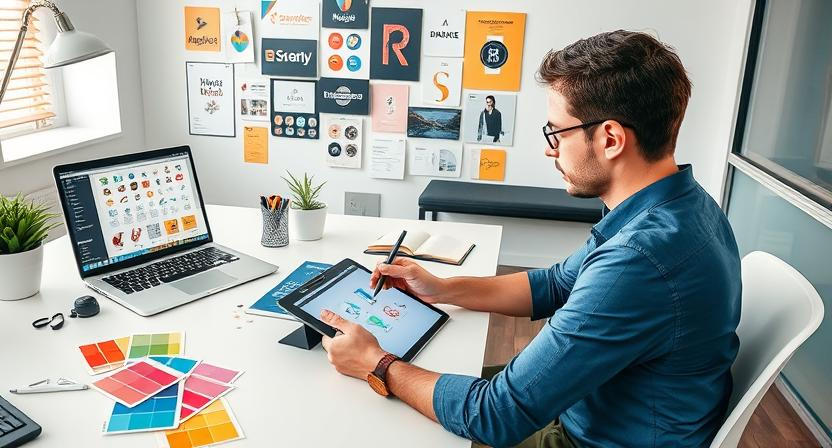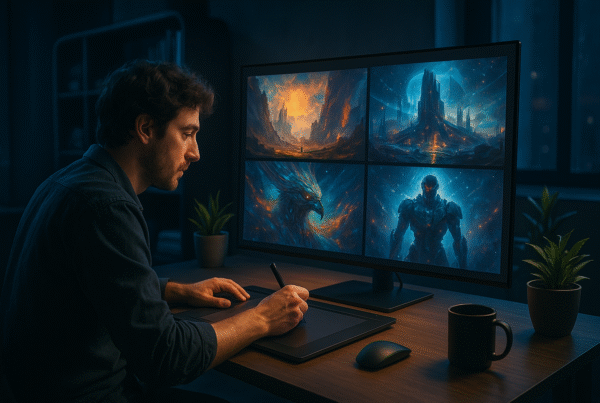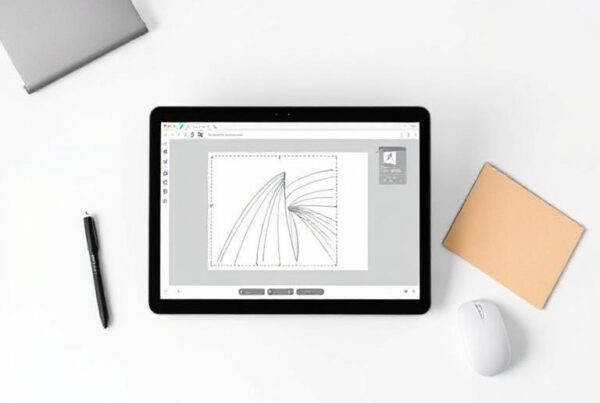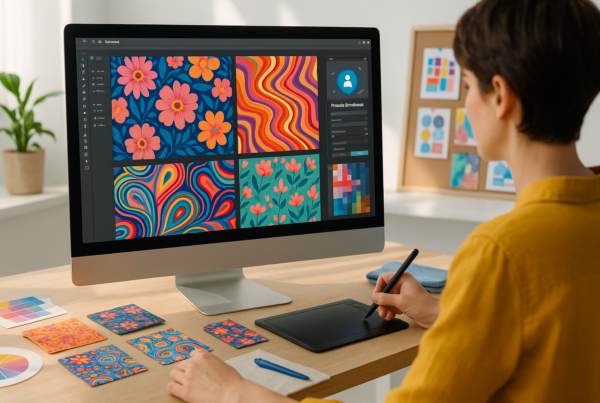Have you ever scrolled through your phone and instantly recognized an app just by its icon design? Or visit a website and feel like everything just looks… professional? That’s not a coincidence. That’s branding done right.
Custom icons play a huge role in how people see, remember and trust a brand. And yet, so many businesses overlook them. Why? No clue. Maybe they think icons are just tiny images. But here’s the thing, icons are silent brand ambassadors. They communicate without words. They make a business look legit or completely forgettable.
And guess what? Studies show that brands with consistent visual elements see a 23% increase in revenue. Icons are a part of that visual consistency.
So, let’s talk about why icon design matters, how custom icons boost branding and why your business needs them. And of course, I’ll throw in some real-world examples and stats to keep it interesting.
What Exactly Is Icon Design? (And Why Should You Care?)
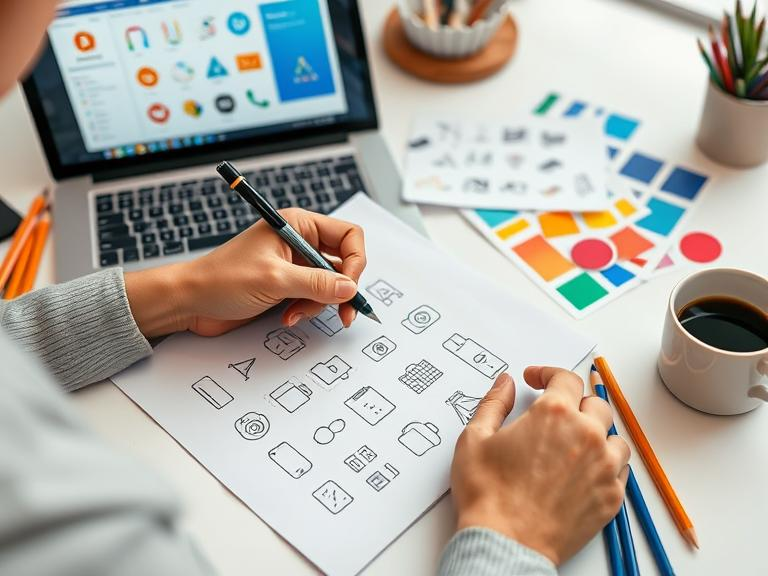
Okay, first things first, what the heck is icon design? Simple. It’s the process of creating small, meaningful visuals that represent actions, apps, or brands.
Think of it like this:
- The Facebook “f” icon? Instantly recognizable.
- The Apple App Store icon? You know it when you see it.
- The McDonald’s golden arches? Technically a logo, but works like an icon.
Icons are tiny but powerful. They improve user experience, make branding consistent and help people navigate apps, websites, and products easily.
And the numbers don’t lie, 90% of information transmitted to the brain is visual, and people process visuals 60,000 times faster than text. So yeah, icons matter. A lot.
Custom Icons vs. Generic Icons: Does It Really Make a Difference?
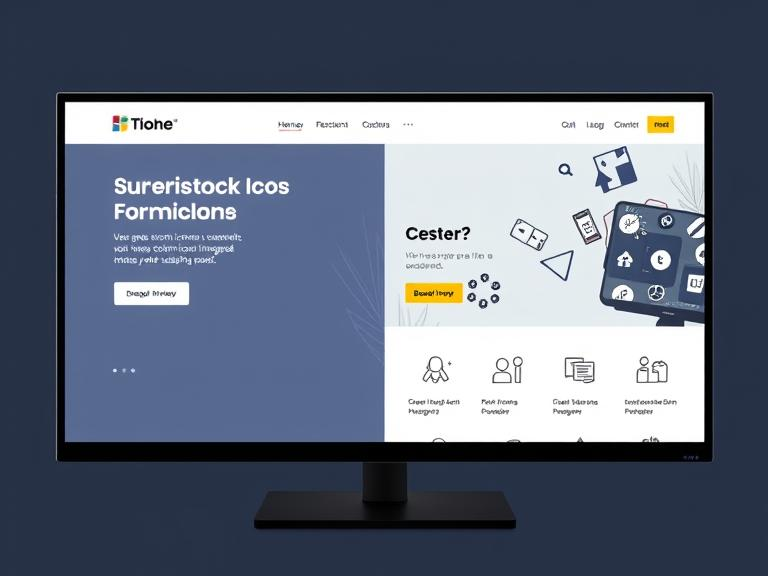
Let’s say you’re launching a new app. You need an app icon design. You’ve got two choices:
- Grab a free stock icon that a thousand other businesses are using.
- Get a custom-designed icon that actually represents your brand.
Which do you think is the smarter move?
Custom icons:
- Make your brand look unique (instead of blending into the crowd).
- Build brand trust (because high-quality visuals = professional business).
- Improve user experience (people instantly understand what your app, website, or feature is about).
A study by Lucidpress found that consistent branding increases revenue by 33%. That means every visual element, including icons, plays a role in business success.
Vector Icon Design: The Secret to Scalable, Sharp Icons
Now, let’s talk about quality. Not all icons are created equal. If you want crisp, scalable icons that look sharp on any screen size, you need vector icon design.
What’s the difference?
1. Raster icons (bad idea): Pixel-based. Get blurry when resized.
2. Vector icons (smart choice) : Scalable, always sharp, perfect for web and mobile.
Ever downloaded an app and noticed the icon looks blurry on your high-resolution phone? That’s because they didn’t use vector icon design. Don’t be that guy.
How Custom Icons Helped a Startup Boost Conversions
Let’s talk about TidyTask, a small cleaning service startup in the US. Their website was great, but something was off. People visited but weren’t booking services.
So, they ran an A/B test:
1. Version A
The original site with basic stock icons.
2. Version B
The same site but with custom-designed icons for each service (deep cleaning, office cleaning, eco-friendly products, etc.).
The results? Version B saw a 17% increase in conversions. Why? Because custom icons made the services visually clear, professional-looking, and easy to understand.
Moral of the story? Icons aren’t just decoration. They guide users, build trust, and improve conversion rates.
The Psychology Behind Icon Design
Icons are more than just visuals, they’re psychological triggers. A well-designed icon can instantly evoke emotions and actions. For example:
- Green icons (WhatsApp, Spotify) = Trust, peace, balance.
- Red icons (YouTube, Netflix) = Urgency, excitement, passion.
- Blue icons (Facebook, Twitter) = Security, professionalism, reliability.
Understanding color psychology in icon design can make a huge impact on how users perceive your brand.
The Role of Icon Design in Mobile UX
User experience (UX) is everything in mobile apps. App icon design plays a major role in how users interact with apps. A cluttered, unclear icon can frustrate users, while a clean, intuitive icon improves usability.
According to Google’s UX Research, apps with well-designed icons and smooth UI saw a 25% higher retention rate compared to apps with poor iconography.
So, if you want users to stay engaged with your app, start with great icon design.
How Custom Icons Help SEO
Did you know that custom icons can improve your SEO rankings? Here’s how:
1. Better user engagement
People stay longer on sites that are visually appealing.
2. Higher click-through rates
Eye-catching icons make buttons and links more attractive.
3. Improved accessibility
Clear icons help users navigate, reducing bounce rates.
Google prioritizes websites that provide great user experiences, and custom icon design plays a key role in that.
How to Get Custom Icons for Your Business
Alright, by now, you get it. Icons are important. So, how do you actually get high-quality, custom icons?
Here are a few options:
1. Hire a professional designer
Platforms like Fiverr, Upwork, and 99designs have talented icon designers.
2. Use AI-powered tools
Some AI design tools can generate unique icons (but still not as good as a pro).
3. DIY with vector design software
If you’re creative, tools like Adobe Illustrator or Figma let you design your own.
No matter which route you choose, just don’t settle for generic stock icons. Your brand deserves better.
How Custom Icons Build Brand Recognition
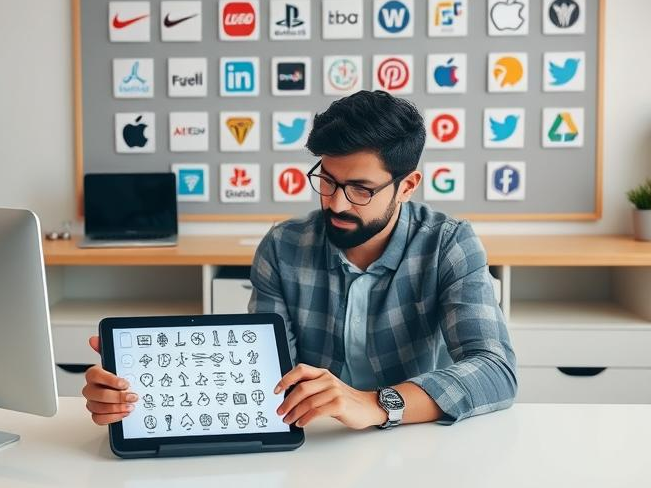
Custom icons aren’t just decorative, they are branding tools. The right icons can help people instantly associate visuals with your business.
1. Consistency is key
Using the same style of icons across your website, social media, and marketing materials builds recognition.
2. Simplicity matters
Overly detailed icons lose impact. Simple, clean icons are more memorable.
3. Think long-term
A well-designed icon can last for years, becoming a recognizable symbol of your brand.
Ever wonder why companies rarely change their app icons? Because brand recognition builds trust. Once customers associate a specific icon with your business, they’re more likely to engage with it.
How to Implement Custom Icons in Your Branding Strategy
It’s not enough to just have custom icons, you need to use them strategically. Here’s how:
1. Website Navigation
Replace text-heavy menus with intuitive icons for a cleaner UX.
2. Call-to-Action (CTA) Buttons
A small, well-placed icon can boost conversions by making buttons more visually appealing.
3. Marketing Materials
Use branded icons in social media posts, email newsletters, and digital ads for a cohesive look.
4. Product Packaging & Merch
Many brands integrate small icons into their packaging for a sleek, professional feel.
The key? Consistency. When your icons align with your brand’s visual style, it strengthens your brand identity.
Final Thoughts: Why Custom Icon Design is a Must for Your Business
If you’re serious about branding, you can’t ignore icon design. It’s not just about making things look pretty; it’s about building a strong, recognizable brand that stands out. Custom icons make your brand unique and professional, helping you establish a distinct identity. Vector icon design ensures that your icons remain sharp and clear on all screens, maintaining a polished look. App icon design plays a crucial role in influencing downloads and building user trust, making it an essential element for success. Real businesses, like TidyTask, have experienced higher conversions simply by improving their icons. Whether you’re designing an app, website, or business logo, investing in custom icon design is one of the smartest moves you can make. Your audience notices, your customers care, and ultimately, your business will reap the benefits.
